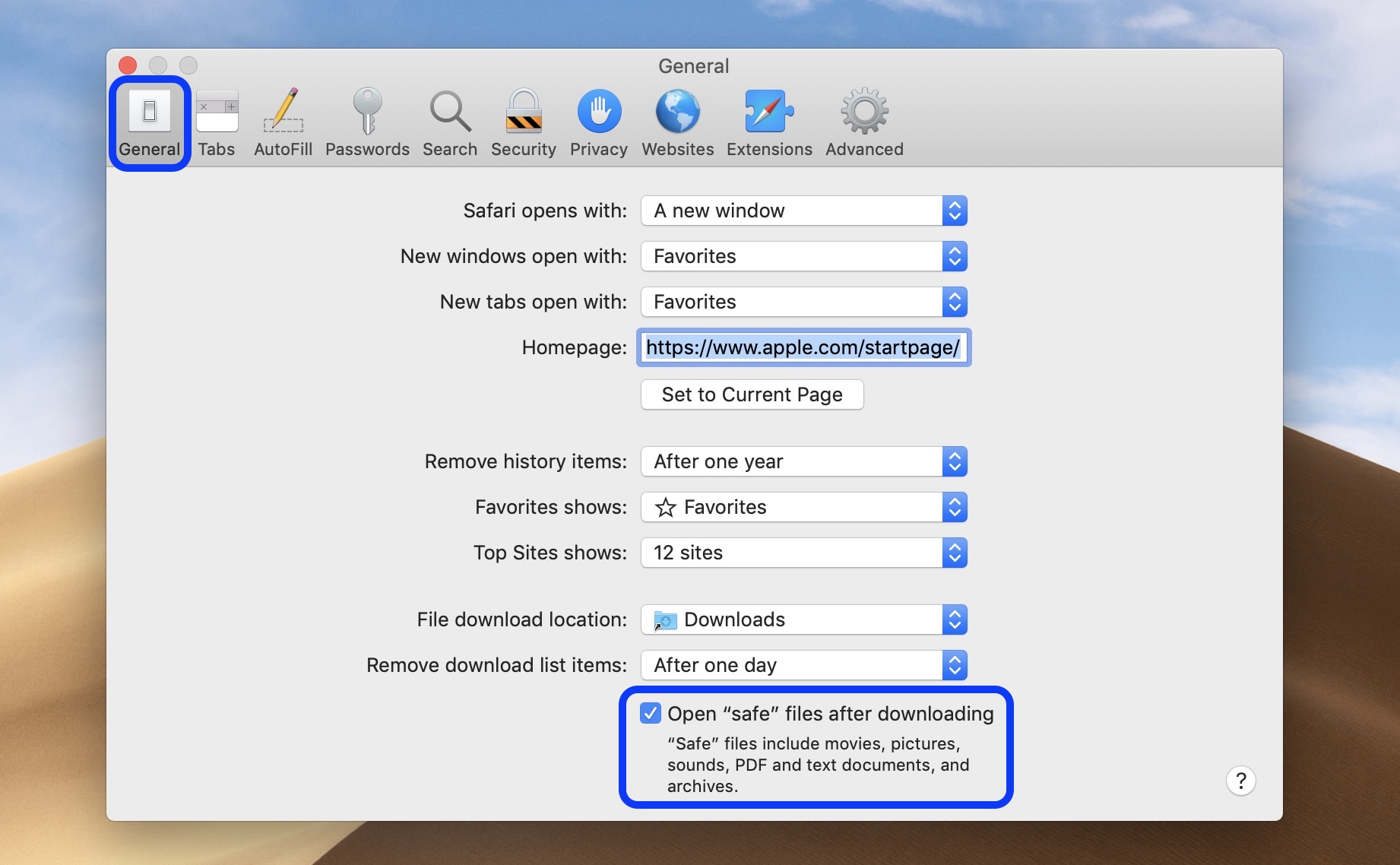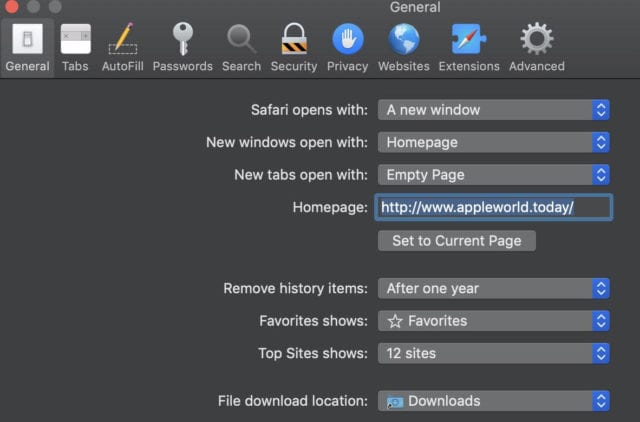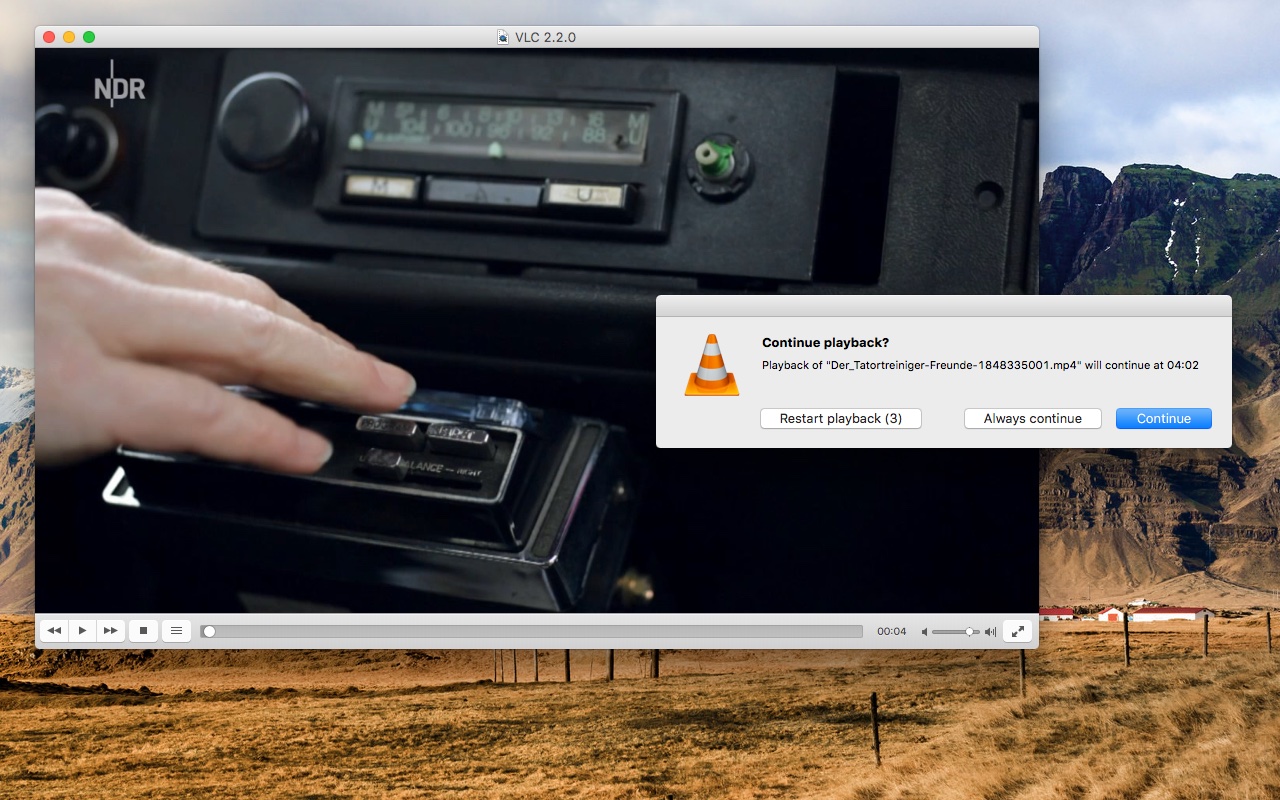Find Me Download For Mac
A download is pretty much useless if you can't find it on your Mac. But that won't be a problem for you, because we're about to discuss multiple quick and easy ways to locate files on your. Download Pages for macOS 10.15 or later and enjoy it on your Mac. Create gorgeous documents in minutes with the Pages for Mac word processor. Start with an Apple-designed template to instantly create gorgeous reports, digital books, resumes, posters and more. Or use a blank document and create your own design.
- Download Mac Os For Pc
- Find Me Download For Mac Windows 7
- Find Me Download For Macbook Pro
- Can't Find Downloads On Mac
- Download Mac Apps Free
FrostWire is a free and easy BitTorrent Client, Cloud Downloader and Media Player for Windows, Mac, Linux and Android Search, Download, Play and Share Files. FrostWire - BitTorrent Client, Cloud Downloader, Media Player. 100% Free Download, No subscriptions required. Installing Firefox on Mac. To download and install Firefox: Visit the Firefox download page in any browser (for example, Safari). It will automatically detect the platform and language on your computer and recommend the best version of Firefox for you. Click Download Firefox.
After you set up Find My, you can locate a lost or stolen device, or even help a friend find their missing device. You can also share your location with friends, family, and contacts, ask to follow a friend’s location, or get directions to a friend’s location.
How to turn on Find My for your iPhone, iPad, or iPod touch
- On your iPhone, iPad, or iPod touch, open the Settings app.
- Tap your name.
- Tap Find My.
- If you want friends and family to know where you are, turn on Share My Location.
- Tap Find My [device], then turn on Find My [device].
- To see your device even when it's offline, turn on Find My network.*
- To have the location of your device sent to Apple when the battery is low, turn on Send Last Location.
If you want to be able to find your lost device on a map, make sure that Location Services is turned on. To do this, go to Settings > Privacy > Location Services, and turn on Location Services.
* The Find My network is an encrypted, anonymous network of millions of Apple devices that can help you locate your device.
Download Mac Os For Pc
How to add your AirPods or Apple Watch to Find My
If your AirPods or your Apple Watch are paired with your iPhone, they're automatically set up when you turn on Find My iPhone.
How to turn on Find My for your Mac
- Choose Apple menu > System Preferences.
- Click Security & Privacy, then click the Privacy tab.
- If the padlock in the lower left is locked , click it, then enter the name and password of the administrator.
- Select Location Services.
- Select the Enable Location Services checkbox.
- Next to System Services, click Details.
- Make sure that the checkbox next to Find My Mac is selected.
- Click Done, then return to the main System Preferences window.
- Click Apple ID, then click iCloud.
- Select the checkbox next to Find My Mac.
If you have iOS 12 or earlier, or macOS Mojave or earlier
The Find My app combines Find My iPhone and Find My Friends into a single app included in iOS 13, iPadOS, and macOS Catalina or later. Here's what to do if you don't have iOS 13, iPadOS, macOS Catalina, or watchOS 6 or later:
- Set up Find My iPhone on your devices.
- To find your device, use iCloud.com.
- To locate your friends and family, use Find My Friends.
- See how to share your location with your family.
How to find and list all applications that exist in Mac computer storage?
In certain situations, you may need to know the number and type of applications installed on a Mac computer. This could be to check for malicious applications that are sometimes bundled with other software, or to list existing apps that might be occupying excessive storage space. If you have recently acquired a Mac, you may wish to know information about existing applications and this guide can help. Furthermore, if you are a keen or enthusiastic user, you can also manually check versions of installed software.
There are a number of ways to check all existing applications on the Mac as detailed here. The methods work with all versions of the Mac operating system. With the guidance offered, you can easily perform the checks. We start with simple methods, and then move to more advanced ones, which should present no problems if you carefully follow the steps within the guide. For example, we start with those requiring the least knowledge with Finder, and then walk through using Terminal and printing results into a text-based file on the desktop.
Table of Contents:
It is recommended to run a free scan with Malwarebytes - a tool to detect malware and fix computer errors. You will need to purchase the full version to remove infections and eliminate computer errors. Free trial available.
Find Me Download For Mac Windows 7
Check installed apps via Finder
This is the easiest method, however, it also displays the least results: app names, date/time last modified, and size occupied on internal storage. Simply launch Finder and select the Applications folder from the left sidebar. Alternatively, press the keyboard shortcut of Shift, Command, and A. This will display all apps that were added through Mac App Store, came together with the operating system, installed through package managers, and manually attached by users via the drag-and-drop method. All user-level applications are included - enabling list view will allow you to freely scroll through existing apps.

Find Me Download For Macbook Pro
Alternatively, Launchpad also serves to list applications and is one of the easiest way to locate apps for novice users. Note, however, that the Application folder is generally more useful for regular users. Furthermore, this method can be used to generate a list of all existing apps within a text-based file simply using a few keyboard shortcuts. In the applications folder, press the combination of Command and A to select all items within the window. Then press Command and C to copy the selection. Launch the TextEdit application using Spotlight - press the combination of Command and Spacebar, and then type TextEdit. In the text-based window, click on Edit in the menu bar at top of the screen, and then select Paste and Match Style.

You can save and rename this file. The applications folder can help you to determine which apps you might force to close, without crashing the operating system. You can also delete software directly from this folder. Detailed information can be found in this article.
Inspect the applications list through System Information

In you need more detailed information about each app stored on the computer, including system software, a more advanced method is available. This is simply a system report, and so you can use this option without fear of damaging the system, corrupting files, and so on. Therefore, you will not be able to delete or disable applications listed within the System Report. To access the information, hold down the Option (Alt) key on the keyboard and click the Apple logo in the menu bar at top of the screen. Then select System Information. In the new window, click on Applications under Software in the left sidebar. In the main area of window, you will see a list of all existing apps and additional information, such as version, source, where the app was obtained, and date/time of last modification. Clicking individual items in the list will display location in storage, information about the developer, and basic information expressed as a 'Get Info' string. User-level apps are displayed and also those necessary for system functions. Therefore, we strongly recommend that you do not delete or modify applications from this list, unless you are an advanced user (otherwise this could result in an operating system crash or making your computer inaccessible).
Find all application using Terminal
One of the most efficient methods to find app information is via the built-in command line application called Terminal. This, however, does require some advanced knowledge. Using this app, you can access useful functions, ignoring restrictions and even protected folders. To list all existing applications, you can use the find function, sudo command, which will grant access to all user and system folders. Launch Terminal using Spotlight - press the keyboard shortcut of Command and Spacebar, type Terminal, and then press Return. Alternatively, go to the Utilities folder under Applications. Once the application has launched, type the following command and press return to execute it (you will be asked to enter the administrators password, since you are trying to grant super user permissions):
- sudo find / -iname *.app
Since there are many files using the .app extension within the Mac operating system, displaying all them within a Terminal window might force the app and/or your computer to freeze. Therefore, as an alternative, we recommend that you print the results into a text-based file using the following command:

Can't Find Downloads On Mac
- sudo find / -iname *.app > ~/Desktop/ListAppFiles.txt

Download Mac Apps Free
Using this syntax, all files that contain the .app extension will be written into the text-based file stored on the Desktop. You will also be able to find the location of those apps. This is probably the best option if you wish to check storage for possible malicious software - within the text file, you can use the Find function by clicking on Edit in the menu bar at top of the screen and selecting Find.
Video Showing how to list all Apps on Mac
